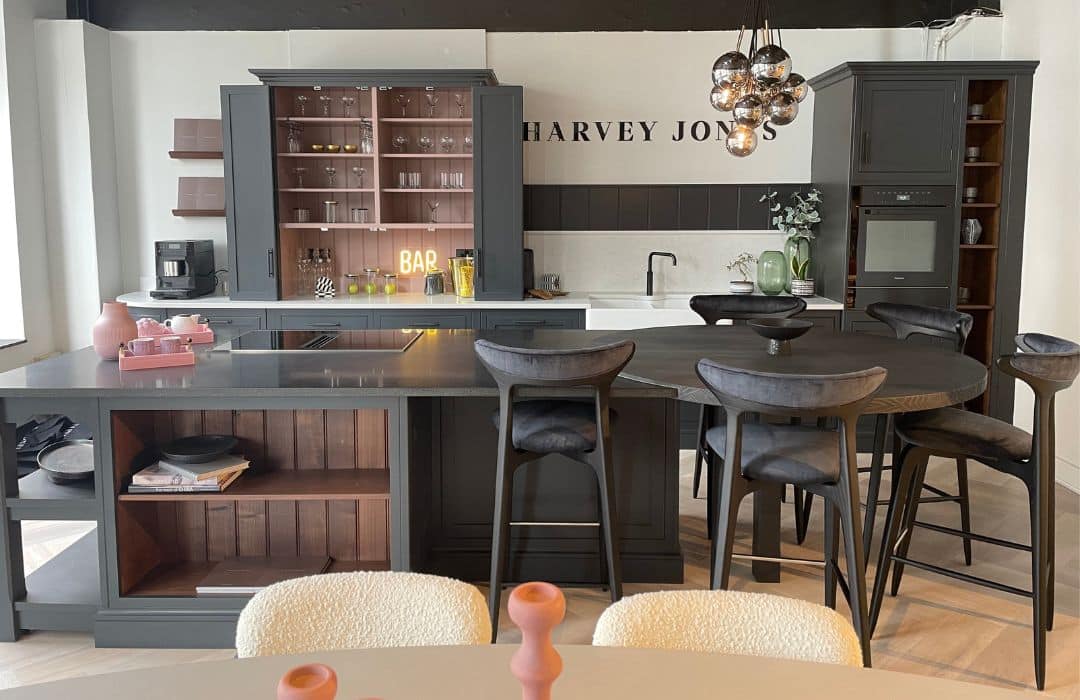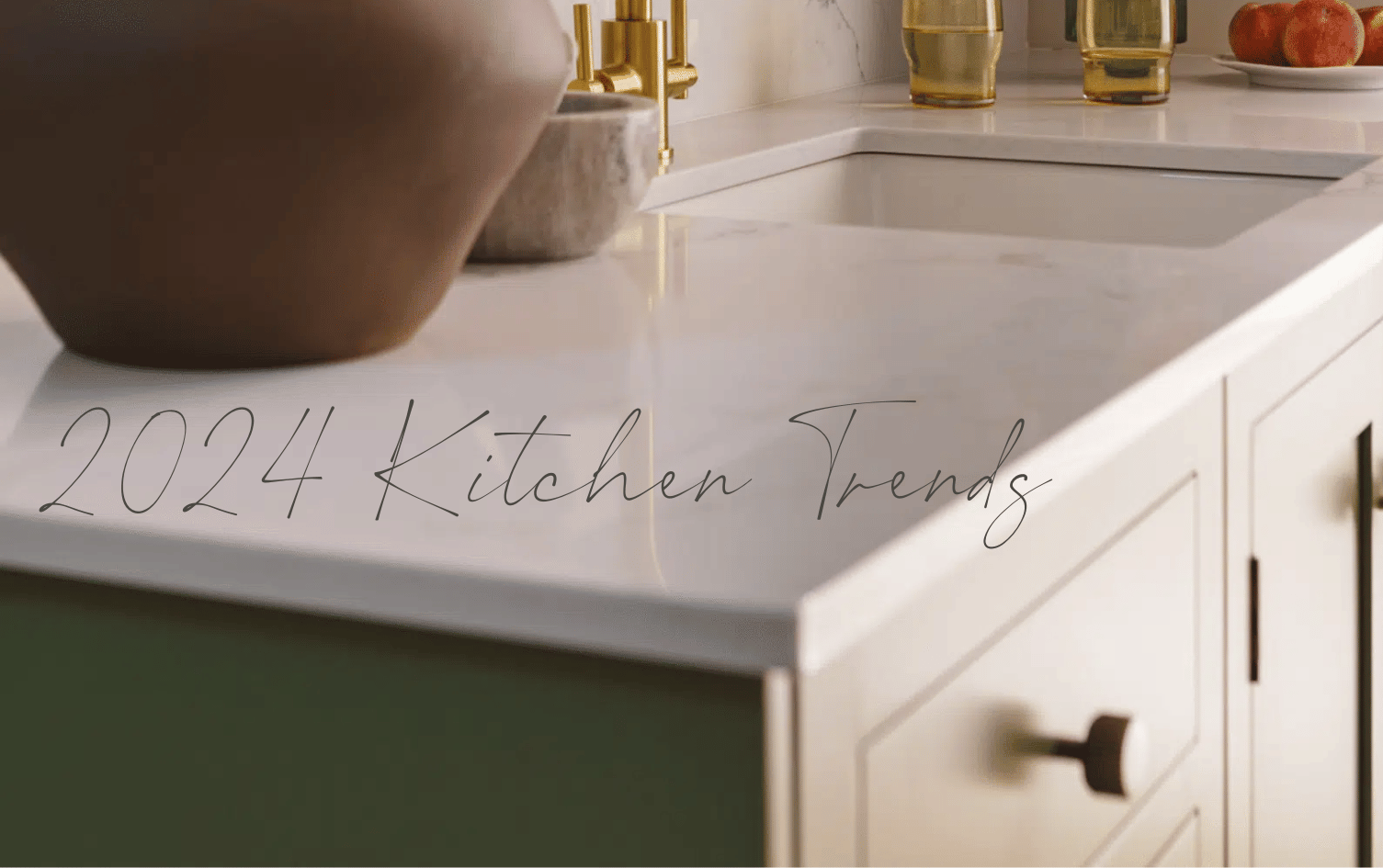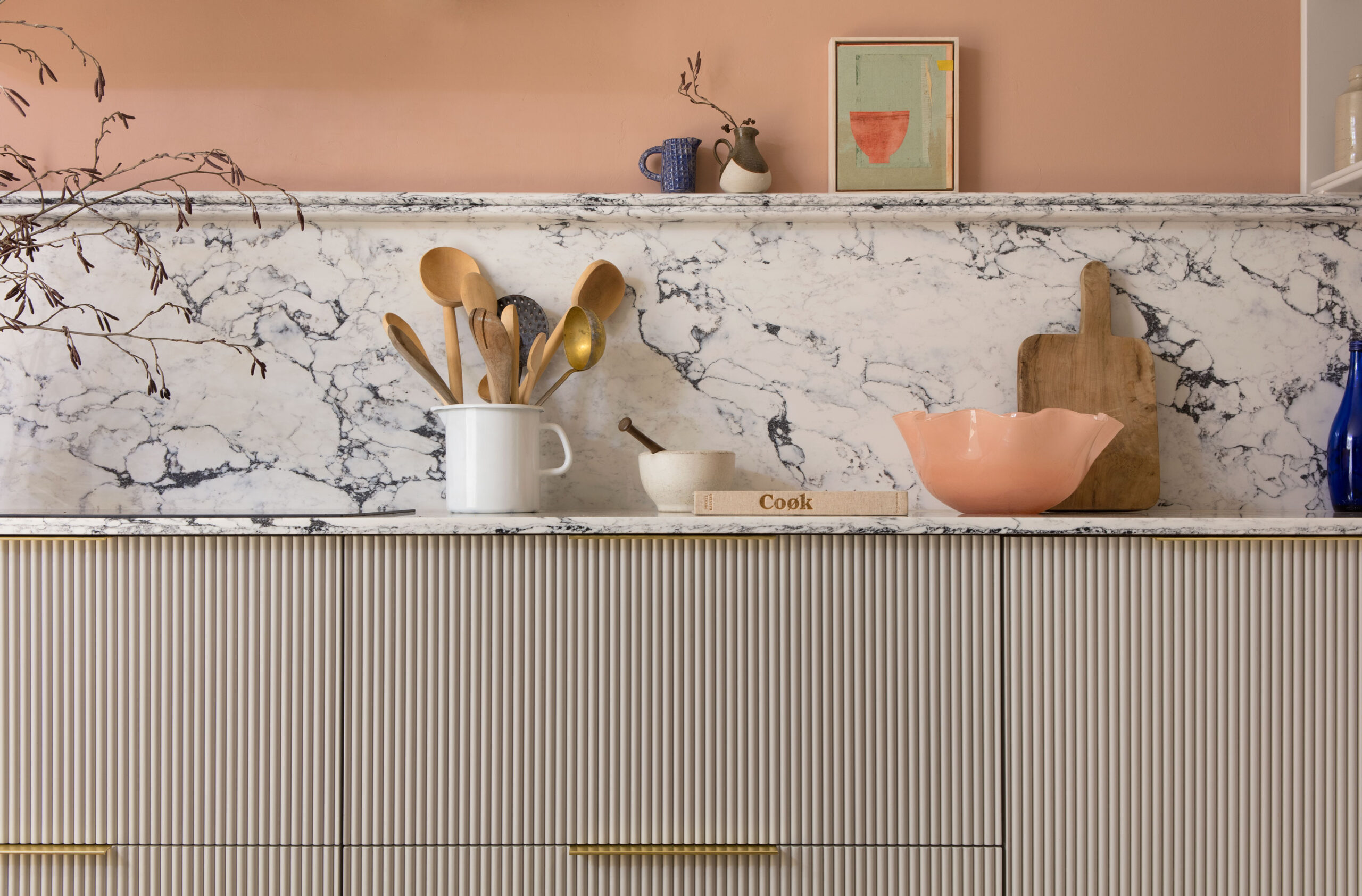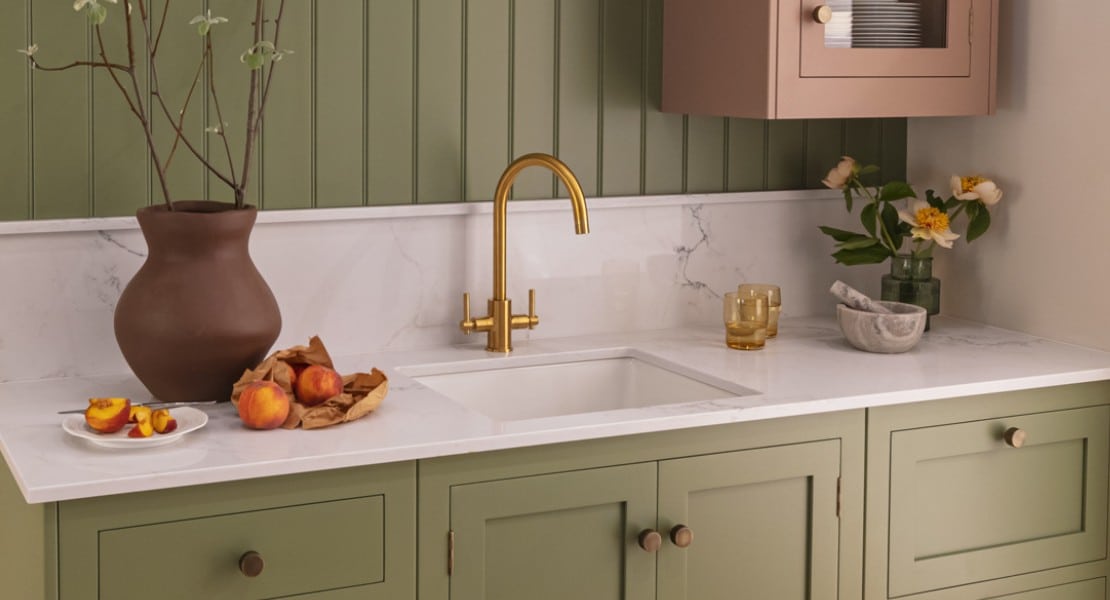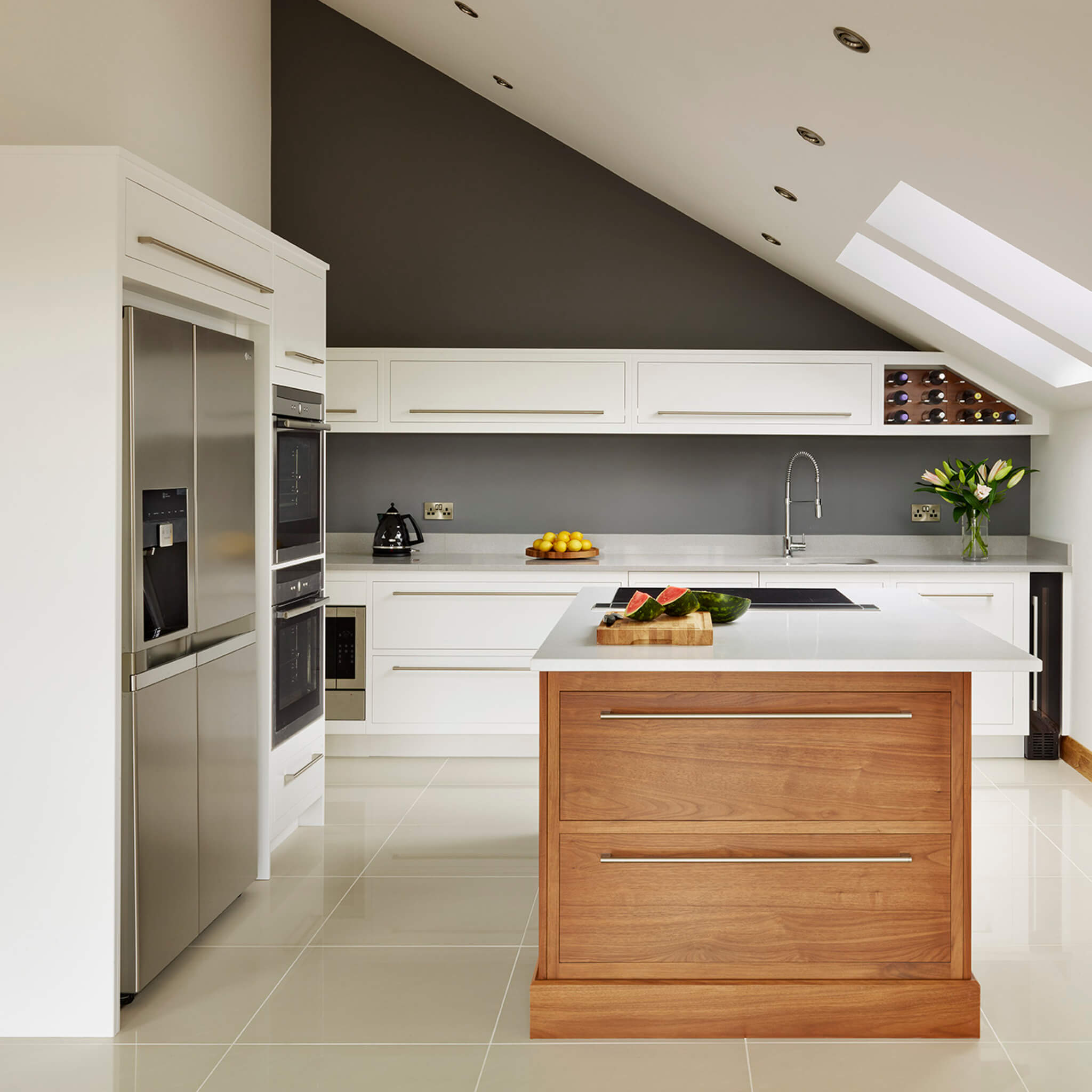
Although they might seem like a relatively new addition to our kitchen cooking kit, induction hobs first appeared almost 20 years ago. Take up was slow at first, mostly due to prohibitive costs but over the last five years, sales of this fast, efficient, flame-free appliance have steadily grown. While many professional chefs were keen to shout about the benefits of having a hob that was fast, clean and most of all safe, it wasn’t until manufacturers were able to produce competitively priced domestic four-hob models that we really welcomed them into our bespoke kitchens.
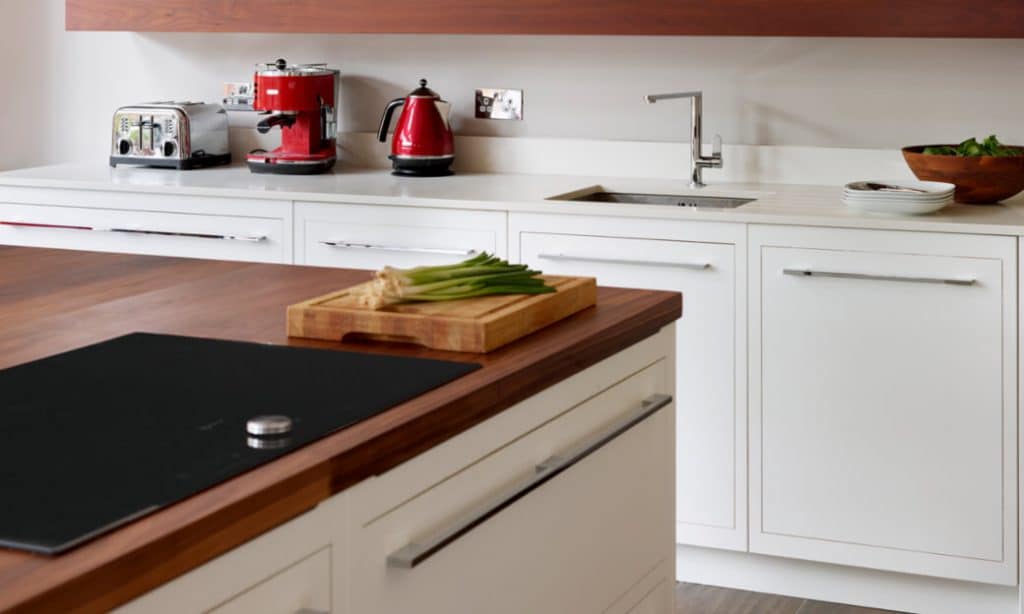
So how does an induction hob work and what are the benefits?
Under the sleek glass top is an induction element, which is a powerful electromagnet. When a ferrous metal (one with magnetic properties such as stainless steel) pan is placed on the hob above the element the field transfers, or induces, energy into that metal, which causes the pan to heat up. Instant adjustment of the heat is simply a case of changing the strength of the magnetic field allowing a rapidly boiling pan to be reduced to a simmer in about two seconds, giving ultimate controllability. Once the pan is lifted away, the heating zone switches off and although there will be residual heat, it won’t be nearly as hot as its electric or gas counterparts.
All good appliance manufacturers have several models in different sizes from uncomplicated 60cm four zone designs – that will comfortably fit into the space of a traditional electric or ceramic hob – to 90cm wide six zone designs.
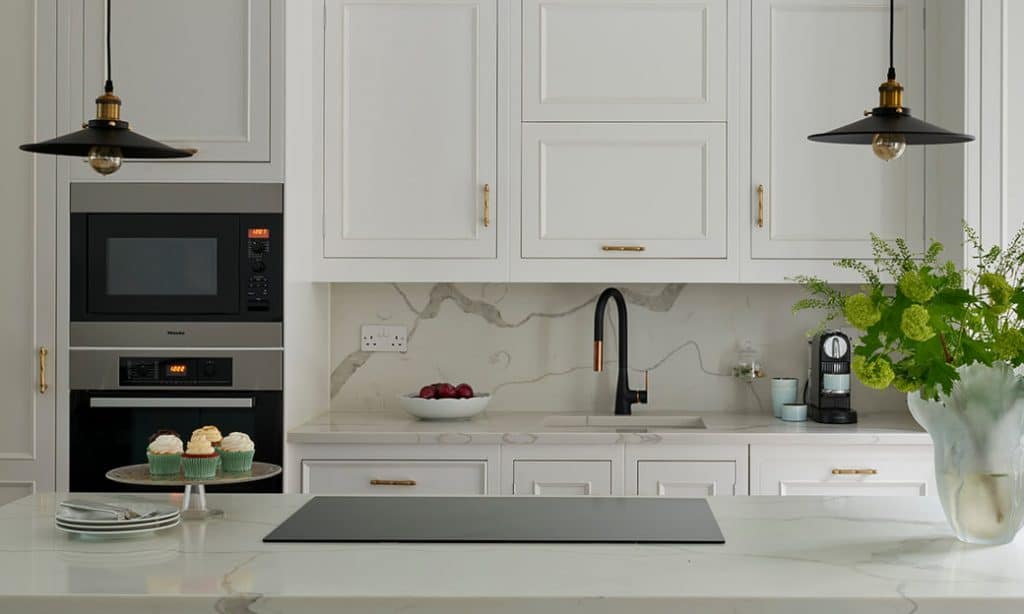
What to look for:
Pick a model that has the right configuration of zones for you, most four-zone hobs have four fixed areas for heating – two big and two small – but some models have flexi zones, where you can move your pan from one area to another and the heat setting you selected will follow. This is particularly useful if you’re using lots of pans at once. A power-boost button will boil a pan of water in around 90 seconds. There are even models – such as those from Caple – that are four round induction units that sit flush into a suitable worktop.
Controllability is vital with induction hobs, meaning you can have a pan so low you can melt chocolate without a bain marie, and food is less likely to boil over – particularly if you have a model with automatic cut-out. Timers are also available on most models, with ‘keep-warm’ functions that, once the cooking time is complete, will keep the food at a certain temperature until you are ready to eat. If you’re worried about your pans working on an induction hob, just do the magnet test, if a magnet sticks to the bottom of the pan it will work on the hob. Also, some manufacturers give away sets of pans so look out for special offers.
Finally, some of the latest models also include built-in venting or extraction, such as the Flex Induction Venting hob from Neff.
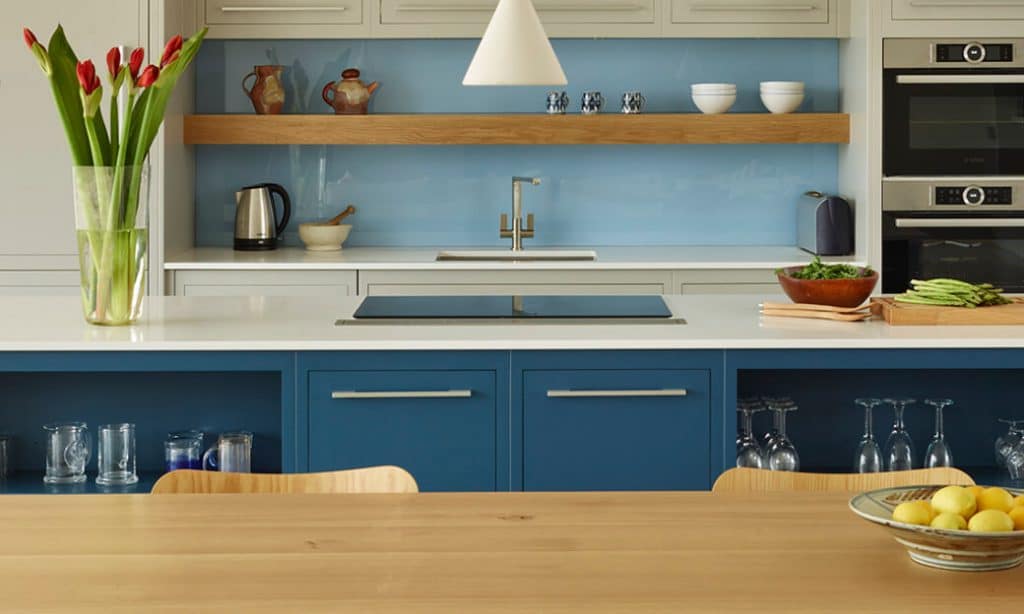
Visit your local Harvey Jones showroom to see a range of appliances on display. Alternatively, call or book a complimentary design consultation here and speak with one of our expert designers.
